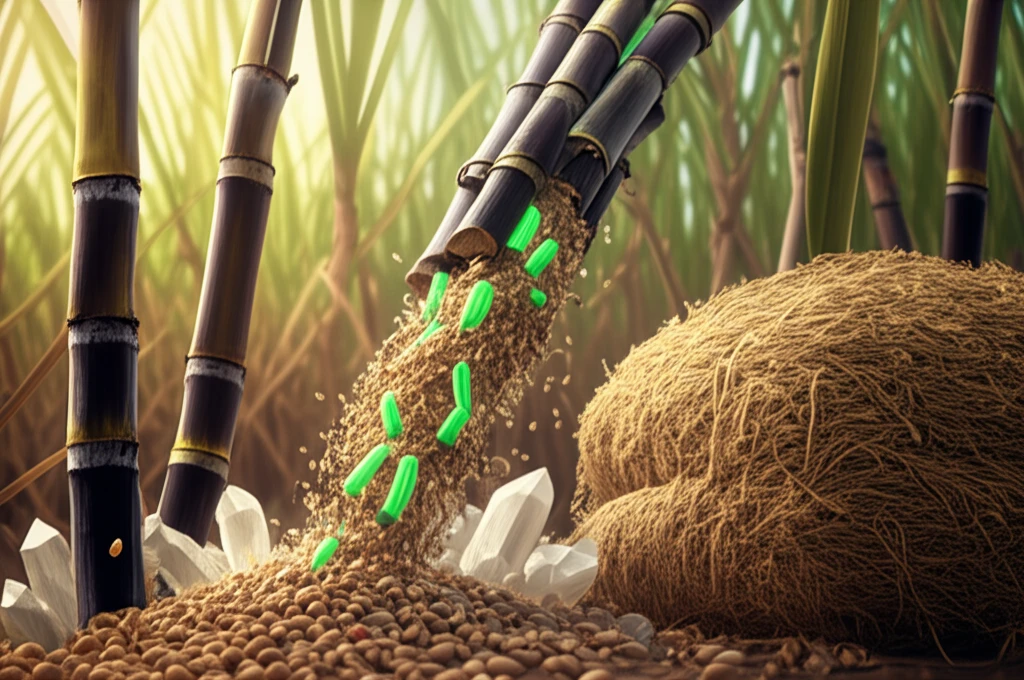
Unlock Your Farm's Potential: Transform Sugarcane with These Simple Additives
"Maximize sugarcane silage quality with Lactobacillus, urea, and smart agricultural byproducts for healthier livestock."
Cattle rearing in Brazil relies heavily on pastures, an economical choice for feeding bovines. However, the dry season brings insufficient forage, making sugarcane a crucial roughage supplement. Known for its high production, sugarcane stands out among forage grasses, yielding 60 to 120 fresh integral tons per hectare and maintaining energy potential during arid periods. Yet, there is a need to improve the nutrition value through proper ensiling and additives.
Sugarcane ensilage streamlines operations and reduces labor by consolidating activities during the forage's peak nutritional value. Despite these advantages, sugarcane ensilage often undergoes alcoholic fermentation due to high soluble carbohydrate levels. This process leads to significant fermentation losses, highlighting the need for additives to inhibit fungi, yeast, and ethanol production. Additives like heterofermentative lactic acid bacterium Lactobacillus buchneri and chemical agents are essential for minimizing these losses and optimizing sugarcane's nutritional profile.
Sugarcane's nutritional limitations, particularly its low crude protein content, can be mitigated by adding urea. Furthermore, incorporating carbohydrate sources such as soybean hulls and cassava byproduct can reduce effluent production and boost the silage's nutritive value. This approach enhances the overall quality and digestibility of sugarcane silage, contributing to healthier livestock.
Revolutionizing Sugarcane Silage: The Power of Additives

A study published in the Revista Brasileira de Zootecnia explored the impact of various additives on sugarcane silage. The research aimed to evaluate chemical composition, fermentation, in vitro digestibility, and in situ degradability using Lactobacillus, urea, and agricultural byproducts. Treatments included control silage, silage with 3.3% urea, silage with Lactobacillus buchneri, silage with both inoculate and urea, silage with inoculate and 25.0% soybean hull, and silage with inoculate and 25.0% cassava byproduct meal. The sugarcane variety used was RB-855156, known for its precocity.
- Urea Boost: Increased protein content and reduced fiber fractions.
- Enhanced Digestibility: Bovines showed higher IVDDM.
- Extended Aerobic Stability: Inoculate with cassava and soybean hulls improved stability.
- Quality Pattern: Additives improved the overall silage quality.
Elevate Your Livestock Feed Strategy
By incorporating these innovative approaches, farmers can transform sugarcane into a highly nutritious and efficient feed source. The strategic use of Lactobacillus, urea, and agricultural byproducts not only optimizes the fermentation process but also enhances the overall nutritional value, ensuring healthier and more productive livestock. This study offers a practical pathway to maximizing the potential of sugarcane silage.
